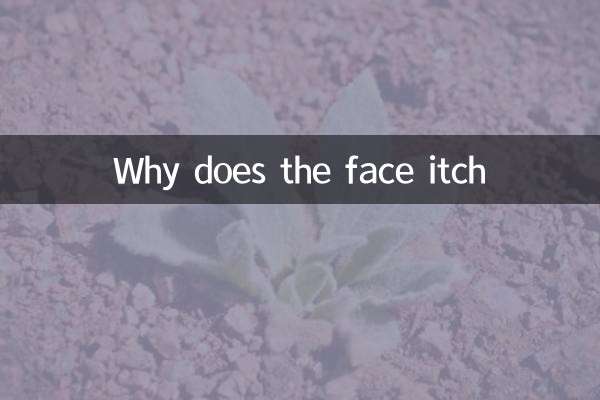Why is the blood sticky when cupping and bleeding? Analysis of the scientific basis and controversy of traditional therapy
In recent years, cupping and bloodletting therapy has caused widespread discussion at home and abroad, especially the phenomenon of "blood viscous". This article will combine hot data on the entire network in the past 10 days to analyze this phenomenon from a scientific perspective and organize relevant structured information for readers' reference.
1. Analysis of hot topic trends across the network (next to 10 days)

| Keywords | Search volume peak | Main discussion platform | Hot topics |
|---|---|---|---|
| Cupping and blood | 82,000 per day | Weibo, TikTok | Controversy in the treatment effect |
| Blood sticky | 57,000/day | Baidu, Zhihu | Medical explanation |
| Traditional therapy | 34,000 per day | B station, Xiaohongshu | Cultural inheritance vs. scientific verification |
2. Medical explanation of blood viscosity
The "blood viscous" phenomenon that occurs after cupping and bleeding is mainly related to the following factors:
| factor | Principles of science | Clinical Observation |
|---|---|---|
| Plasma isolation | Negative pressure causes blood cells to stratify plasma | The surface is dark red glue |
| Platelet aggregation | Trauma activates coagulation mechanism | Fibrin reticular structure appears |
| Oxidation reaction | Degeneration after contact with air | Darker and darker |
3. Comparison of Chinese and Western Medicine’s Perspectives
1.Traditional Chinese Medicine TheoryIt is believed that "blood viscous" reflects blood stasis in the body, and blood release can clear the meridians. Ancient books record that "those who have bleeding like lacquer are suffering from deep illness."
2.Modern medical researchIt is pointed out that the viscosity is related to the proportion of blood components, and a pure appearance cannot diagnose the disease. The 2023 paper "Supplementary Medical Research" shows that the amount of cupping blood is usually less than 20ml, which is far below the blood donation standard (200-400ml).
4. Controversy Focus and Safety Tips
| Support opinions | Oppose viewpoint | Medical advice |
|---|---|---|
| Improve local blood circulation | May cause infection | Must be strictly disinfected |
| Relieve muscle pain | Contraindications for patients with anemia | Professional evaluation of physical fitness |
| Cultural inheritance value | Lack of evidence-based evidence | No alternative to regular treatment |
V. Typical case analysis
1.Popular Douyin videos(Like 583,000 likes): A jelly-like blood clot appeared after cupping. The doctor explained it as "moisture crystallization", and was later pointed out by a medical blogger that it was a normal coagulation phenomenon.
2.Hit issues discussed by Zhihu(1.24 million views): "Is cupping and bloodletting scientific for treating hypertension?" The highest praise answer quotes clinical trial data: There is no significant difference between the short-term antihypertensive effect and the placebo group (p>0.05).
6. Correct understanding of suggestions
1. Blood viscosity should be evaluated through regular blood tests (such as plasma viscosity, erythrocytic packing and other indicators), rather than observation of the naked eye.
2. The "Traditional Medicine Technical Operational Specifications" released by the State Administration of Traditional Chinese Medicine in 2023 emphasizes that cupping must be operated by certified doctors, and non-professional personnel are strictly prohibited from imitating online videos.
3. For patients with chronic diseases, it is recommended to give priority to the use of evidence-based medicine-verified treatment options, and traditional therapy can be used as an auxiliary means.
In summary, the "blood viscous" phenomenon after cupping and bleeding is a compound manifestation of multiple physiological reactions. It should neither be excessively mythological nor completely denied. A correct and healthy attitude is to look at traditional therapy rationally, paying equal attention to scientific verification and cultural inheritance.

check the details

check the details